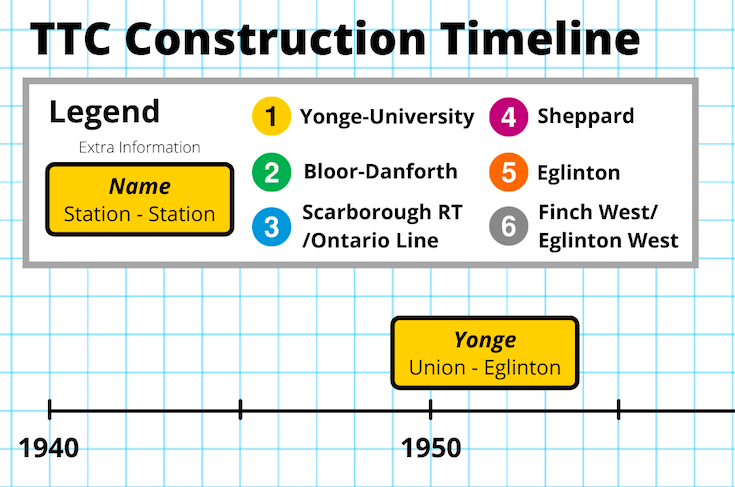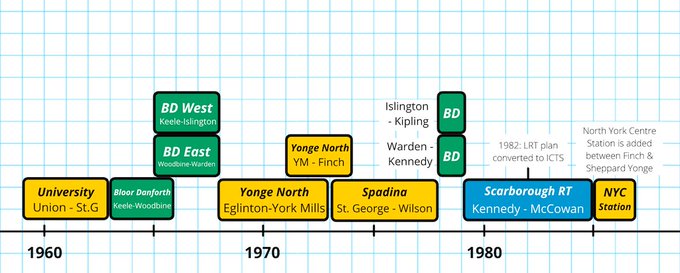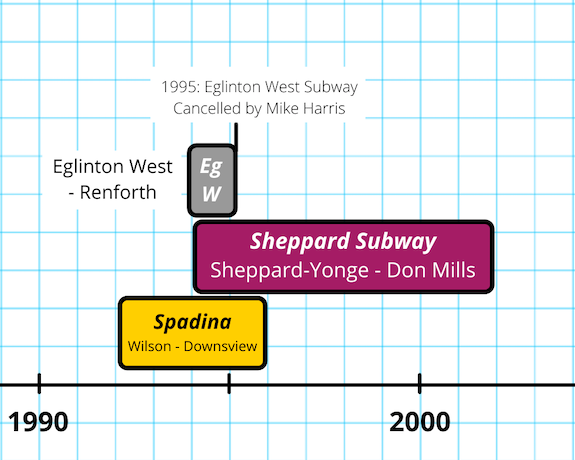Northern Light
Superstar
So, on Thursday, when I was out for my walk, taking pics around downtown..........I happened to pass by the Cumberland St. Exit of Bay Station.
At a quick glance, I immediate saw something different inside.
When the entrance was first rebuilt, about 12 years ago now, at the behest of the BIA, to pretty it up and make it feel more 'Yorkville' ........
This is what it looked like inside:

Photo Credit to Station Fixation: https://photos.google.com/share/AF1...?key=NGlodmowWEZva2E0VnZMc1FIVTlBdDhyZHpuQ1ln
Note the light fixture.....I never did like that it dangled by a loose cord, rather than a fixed poll, but it was imeant to appear attractive at any rate.
But when I passed by the other day.............this is what I saw:

Rather more generic lighting affixed to the ceiling. Not particularly Yorkville in my opinion.
I wonder if the BIA knows....................
Really, thy could have done an elegant semi-flush fixture, with solid attachment, that would be less precarious and more vandalism resistant, but maintained a measure of elegance.............
Gah!
At a quick glance, I immediate saw something different inside.
When the entrance was first rebuilt, about 12 years ago now, at the behest of the BIA, to pretty it up and make it feel more 'Yorkville' ........
This is what it looked like inside:
Photo Credit to Station Fixation: https://photos.google.com/share/AF1...?key=NGlodmowWEZva2E0VnZMc1FIVTlBdDhyZHpuQ1ln
Note the light fixture.....I never did like that it dangled by a loose cord, rather than a fixed poll, but it was imeant to appear attractive at any rate.
But when I passed by the other day.............this is what I saw:
Rather more generic lighting affixed to the ceiling. Not particularly Yorkville in my opinion.
I wonder if the BIA knows....................
Really, thy could have done an elegant semi-flush fixture, with solid attachment, that would be less precarious and more vandalism resistant, but maintained a measure of elegance.............
Gah!





/cloudfront-us-east-1.images.arcpublishing.com/tgam/M6APSLG7CRG2RJJGMPFR34OZAU.JPG)



